On Wednesday 18 September, Rob Stallard led a 3.5 mile walk from Moulsford to Cleeve Lock and back, following the Thames Path along the west bank of the Thames. The morning started dull under dense cloud cover, but the sun soon burned through the clouds. Members gathered in the car park next to the village sports fields. Two of them reported that, during the drive to Moulsford, in the area of roadworks by Junction 12 of the westbound M4, they had seen the corpse of a dead Otter. The walk started out along a footpath which crossed the Recreation Ground, where small patches of flowery grassland had been left unmown. Flowers seen here included Field Scabious, Lady’s Bedstraw and Vervain. The route led through the village, crossed the main Streatley to Wallingford road and followed Ferry Lane to the river bank by the Beetle and Wedge inn. There was a brief diversion at the junction of Ferry Lane and the main road to inspect the Hedgerow Crane’s-bill which had both pink and white flowers. Rob pointed out Pellitory-of-the-wall growing on the left side of Ferry Lane. On the right side of the lane, Ivy flowers had attracted Honey Bees and Ivy Bees. The Thames Path crosses the outdoor dining area of the Beetle and Wedge, then turns right, following the west bank of the Thames. The path led past the gardens of some very expensive looking houses, then passed through a wooded stretch. A pond to the right of the towpath had Comfrey, Wild Angelica, Meadowsweet, Gypsywort and Water Mint. Also seen here were Lesser Skullcap and a froglet. Listed nearby were Water Chickweed and Water Figwort with winged stems and rounded leaves. For the rest of the walk, the Thames Path ran through open fields. It was a busy stretch of river, with many racing boats with varying numbers of oars and oarsmen. At the first open stretch of river bank, there was an animal spraint with red claws and bits of red shell. As the walk progressed, it seemed that at every accessible stretch of bank, there were more American Signal Crayfish remains. Warden Pete Morton of Withymead Reserve, which lies across the river from the location of the walk, was consulted afterwards as to whether it was likely to be Otter or Mink which had been eating Crayfish. Pete suggested that Otter was more likely, because they will eat on the go, or find a suitable stretch of bank. Mink, on the other hand, tend to have numerous burrows and when they are hunting they will catch food and return to the most local one to eat. This behaviour is to avoid predation and to avoid having food stolen by other predators or other Mink. A wide variety of plants were growing at the water’s edge. These included Common Fleabane, a clump of Sneezewort and a giant-leaved Water Dock. Branched Bur-reed was growing next to a mooring platform. A small metallic green beetle was found on Water Mint, a Brown Hawker dragonfly patrolled round the bankside vegetation and a small mixed flock of Swallows and House Martins was on the wing. Amphibious Bistort was flowering, with the plant floating on the surface of the water. A Hornet was seen, there were a number of plants of Orange Balsam and a rose bush had numerous Robin’s Pincushion galls, as well as red hips. The walk continued to Cleeve Lock, then members retraced their footsteps back to the Beetle and Wedge, where most stayed for lunch.
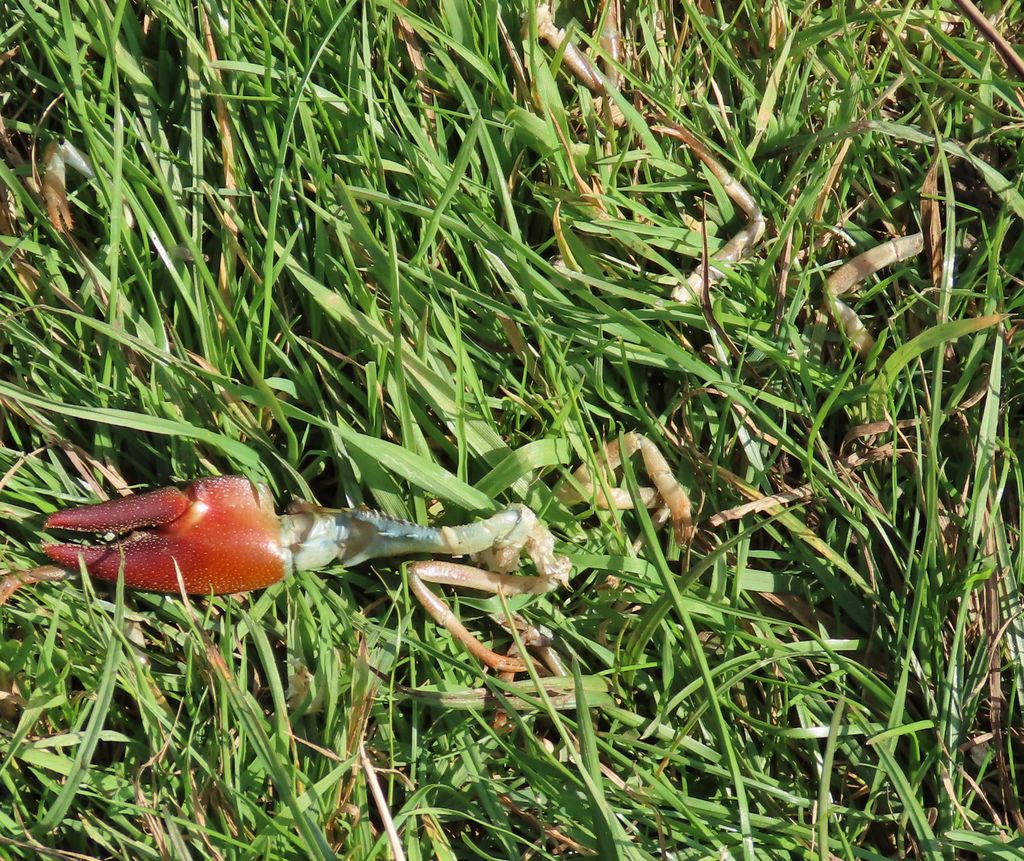

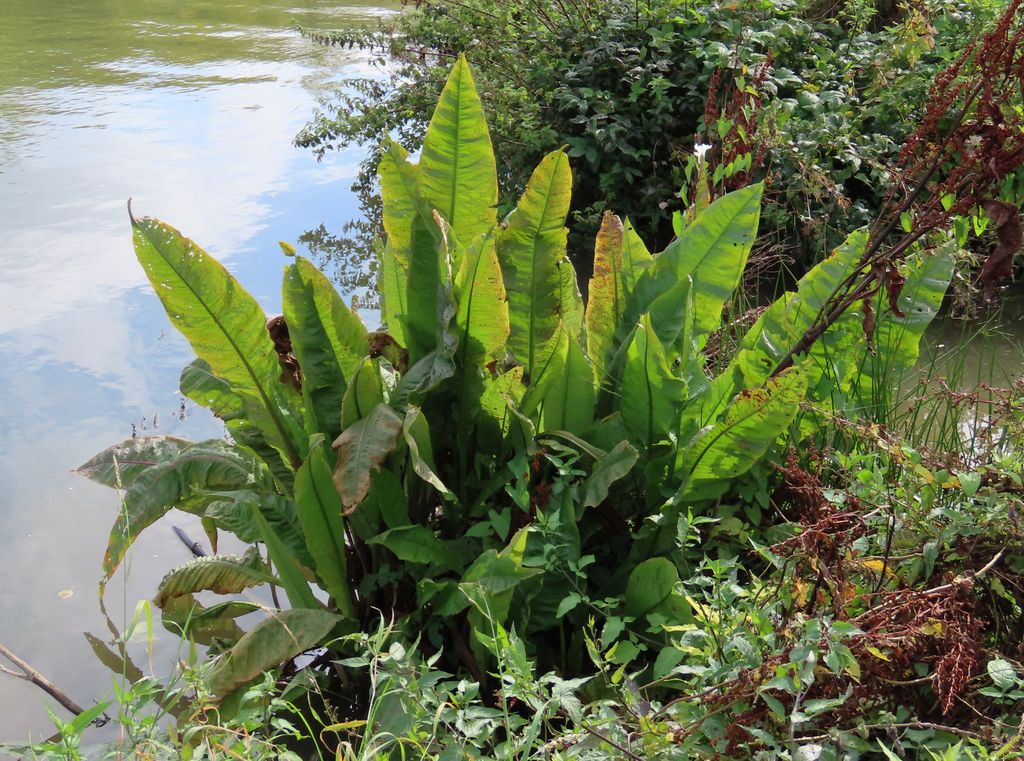
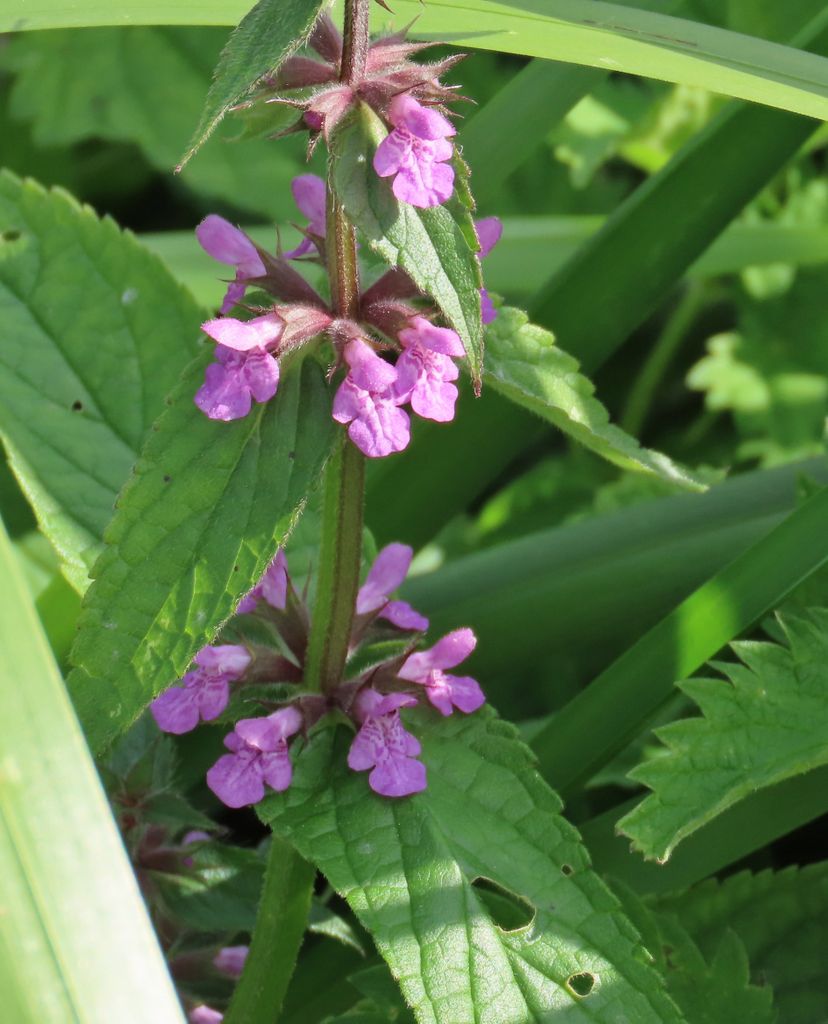
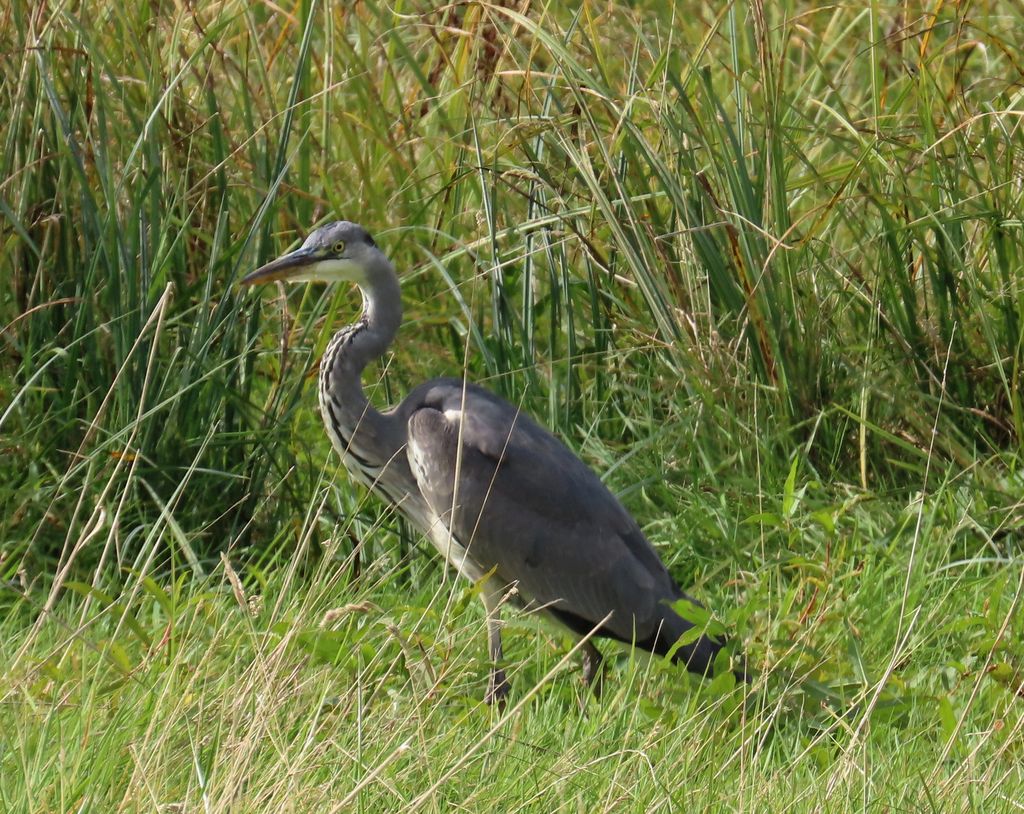
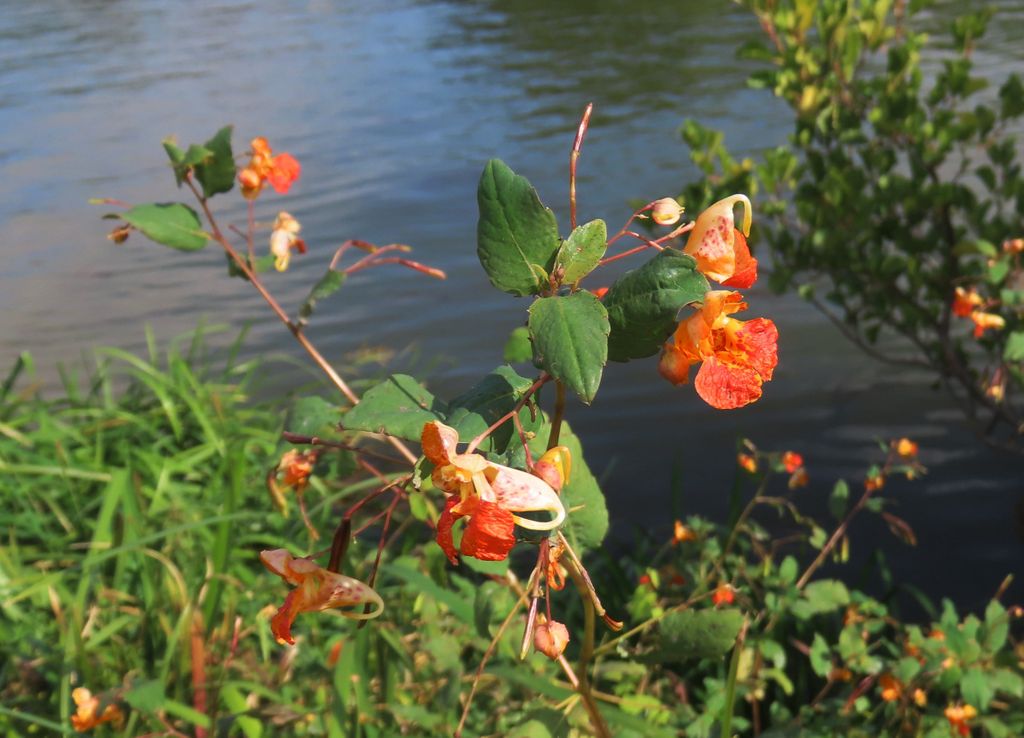
Pictures by Rob Stallard
